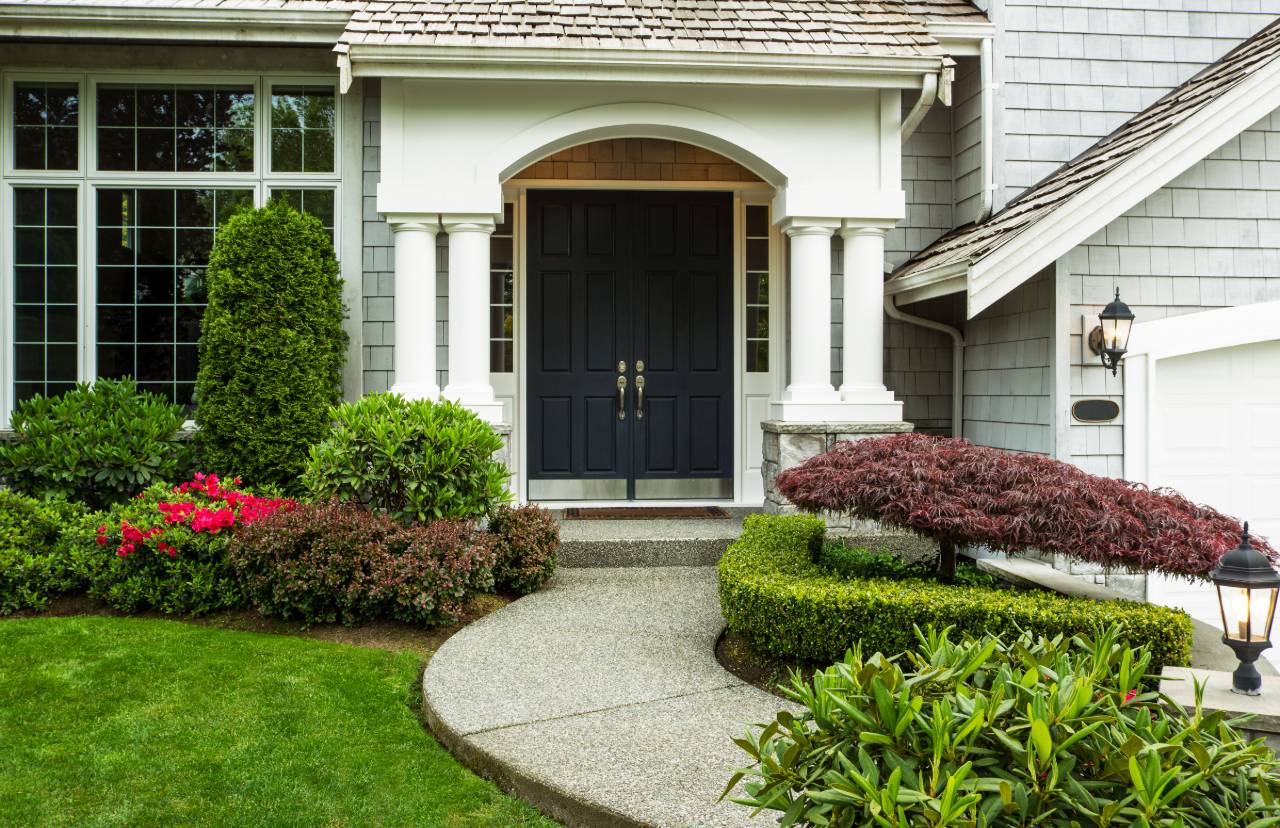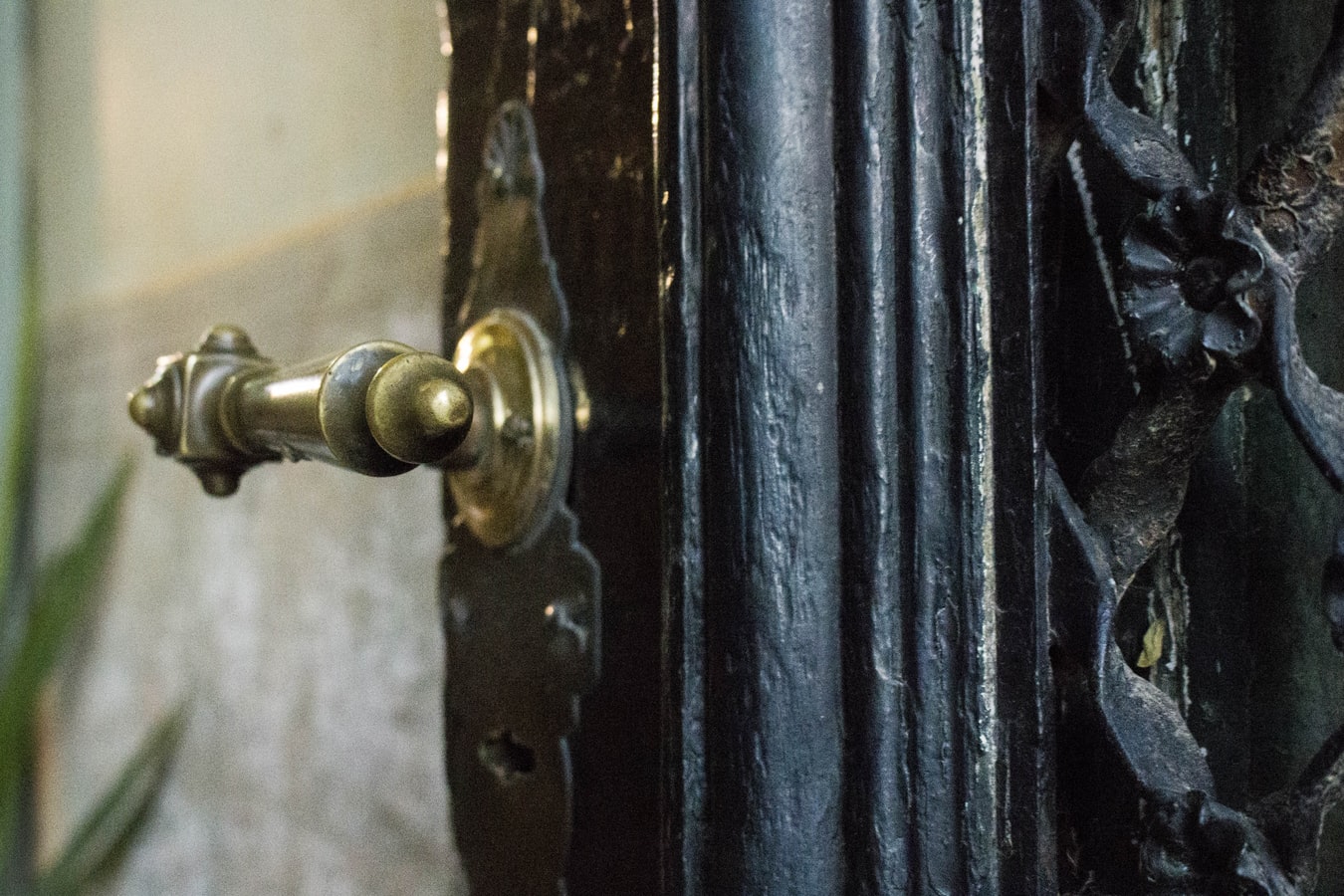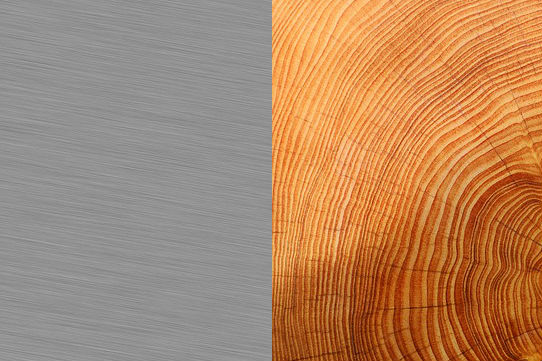Express Doors Direct ▸ Blog ▸ Do Your Doors Need a Kick Plate?
Last updated on July 22nd, 2020 at 11:26 am
Door kick plates aren’t vastly common in homes today. But, there are many benefits to installing one on your external doors. In this post, we’ll explain what kick plates are and how they’re used, as well as discussing the benefits of a kick plate.
What are door kick plates?
Door kick plates are a sheet of metal that is installed on the bottom of your external door to protect your door from damage. They’re usually made from stainless steel, aluminium or brass, but can be purchased in vinyl or plastic, too.
While vinyl and plastic kick plates are great if you’re on a budget, or wanting a specific colour. Yet, they aren’t as durable as the metal version. Over time, you may find that you’re having to replace a plastic or vinyl kick plate. For money-spent in the long run, a metal kick plate is by far a better choice.
Door kick plates got its name from the idea of people kicking a door open when they have their hands full. To prevent the door from becoming damaged over time – especially if your door is made from a cheaper material – installing a door kick plate is essential.
How are door kick plates used?
Door kick plates are screwed onto the bottom of external doors – usually main doors and front doors. Door kick plates sit around 10 – 16inches tall to protect the entire bottom quarter from foot traffic.
Kick plates are incredibly easy to use and can be installed inside and out – although, they’re usually installed outside. If your door opens the opposite way to what is standard, or is a swinging door, you may want to fix your kick plate to the inside of the door as well.
Door kick plates are usually found in public places where foot traffic is heavy; for example, on warehouse doors and shop doors.
Benefits of door kick plates
There are many benefits to door kick plates. In fact, the benefits outweigh the disadvantages massively.
- Easy to install
- Can be made in a variety of different colours to suit your style
- Inexpensive to purchase and install
- Protect your door from damage
Are front door kick plates in style?
Door kick plates are very rarely an eye sore. They aren’t very common on properties, mainly due to having less foot traffic, but there’s no time like the present to add one to your home.
For the style-conscious, door kick plates can be made in a variety of different materials and finished off in a vast array of colours. Modern doors tend to be block colours of white, black or brown. A lovely metal kick plate would break up the colour, while protecting your door.
You can even match the door kick plate with the rest of your hardware. If you have a gold handle and letterbox, adding a gold-coloured kick plate will tie the exterior of your home together nicely.
If you’d like to install a kick plate to protect your door, but want to keep it as hidden as possible, you could paint the plate to match the rest of the door. Due to the material of the kick plate, the colour may not match entirely. If you’re conscious about having the door kick plate on display, painting over it will definitely blend it in.
What are the Different Types of Kick Plate?
Back to the different types of kick plate you can get and what they are made out of. Which should you choose? Aluminium? Vinyl? We take a look at the variety of kick plate materials out there.
Aluminium Kick Plates
Aluminium kick plates are hard-wearing and recommended for busy work environments such as kitchens and swimming pools. That said, with a variety of finishes available such as satin polished, an aluminum kick plate can look great in a modern home. An aluminium kick plate will protect your door both inside and out and withstand a lot of use. If you need a super-strong kick plate then you might want a 5 bar tread plate, these are the type you see in storage rooms and warehouses.
Stainless Steel Kick Plates
Stainless steel kick plates are aesthetically pleasing and with bright, mirrored and satin finishes look great in your home on interior doors. Unless the stainless steel kick plate is made of a certain grade of steel, the plate will not be weatherproof and will tarnish.
Brass Kick Plates
Brass finished kick plates are perfect for both home and business use. Brass kick plates come in a surprising amount of styles including polished, lacquered, antique bronze, and satin brass, so there is a brass kick plate to suit whatever type of door you have.
Copper Kick Plates
Copper kick plates are stylish and durable and also have antimicrobial properties meaning copper kick plates can reduce the transmission of disease, making them suitable for schools, hospitals and surgeries.
Plastic Kick Plates
Plastic kick plates are great for both businesses and modern homes. A plastic kick plate is hard-wearing, stylish and can come with the benefit of having a self-adhesive backing to make installation easy. Plastic kick plates are also child-friendly, so good for nurseries and playrooms.
Vinyl Kick Plates
Vinyl kick plates come in an amazing variety of colours allowing you to exactly match & complement the decor of your room. A vinyl kick plate will protect your door and can come with the option of being self adhesive or holed for a drilled fitting.
Conclusion
Your door doesn’t need a kick plate unless you’re noticing damage to the bottom portion of your door. If you like the aesthetic, or would like to protect your door from foot traffic, installing a door kick plate is easy and inexpensive.
Related Posts:


Buy great value, energy efficient #PatioDoors that complement the style of any property.
Shop standard sizes in on-trend designs or ask our experts about custom doors made to measure.
 Explore our collection at expressdoorsdirect.co.uk/patio-doors
Explore our collection at expressdoorsdirect.co.uk/patio-doors Glad we could supply all the #FireDoors needed for this project DMD Internal Doors
Glad we could supply all the #FireDoors needed for this project DMD Internal Doors 
#doorinstallation #doorsupplier #joinery #derbyshire



 @followers
@followers New offers just launched!
New offers just launched! From FREE door handles to unbeatable discounts on folding doors, patio doors and prefinished oak doors, our early summer sale has everything your project needs. T&Cs apply.
Find a deal today at expressdoorsdirect.co.uk/special-door-offers
@followers








































































